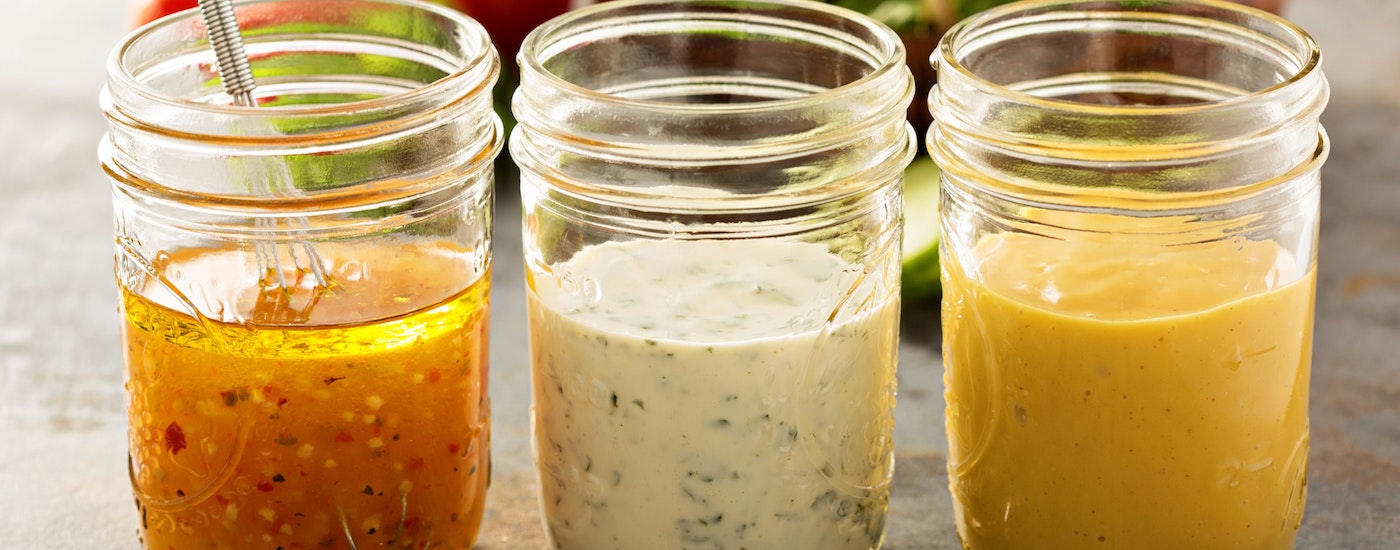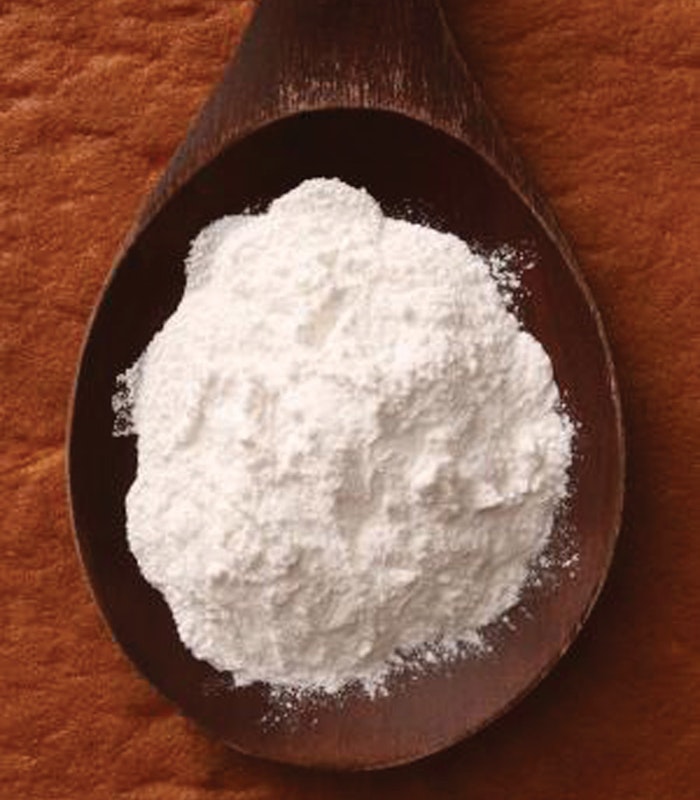Xanthan Gum is a versatile cold water soluble thickener which also forms synergistic elastic gels when heated with other hydrocolloids. This rapid viscosity development does present a challenge when using Xanthan Gum to avoid the formation of lumps. A wide range of powder particle sizes and agglomerated forms are available allowing for effective use with a variety of food production mixing equipment. The thickening functionality of Xanthan Gum is used in instant mixes (bakery, beverages, desserts, gravies, dressings). Because Xanthan Gum is tolerant of high salt and low pH, it is used in minimally-processed shelf-stable foods (sauces and salad dressings). Although it exhibits shear thinning, there is viscosity recovery once the product is at rest. Xanthan Gum also exhibits high process tolerance to temperature and shear. It is one of few thickening hydrocolloids that is used in retort processed foods. Synergistic thickening blends of xanthan and other hydrocolloids (Guar, Cellulose Gum) are used in refrigerated and frozen foods (spreads, sauces and dressings). Gelling synergies with Xanthan Gum (with Tara Gum, Locust Bean Gum, Konjac Gum, Carrageenan, Agar) are used in desserts (gels, fillings, gelatin replacers), alternative dairy products, vegan meat alternatives and gluten-free bakery products. Xanthan Gum is organic compliant and available in both standard and TrueGum™ grades

Xanthan Gum
Common Names
- Xanthan Gum
Functionality
- Thickener
- Synergistic
Quality
- Viscosity
- Particle Size
Applications for Xanthan Gum
Botanical Sources
Xanthan Gum is part of a unique group of hydrocolloids that are produced through fermentation processes. It is an extracellular carbohydrate polymer produced by the bacterium Xanthomonas campestris for which it is named. The bacteria are grown in a liquid media with controlled sources of carbon and protein. The medium must be well aerated and stirred. At the completion of the fermentation cycle, the polymers are precipitated by the addition of alcohol. The precipitate is dried and milled into the powder that we know as Xanthan Gum. This powder is available in a variety of dry particle size ranges, as well as agglomerated forms.

Polymer Chemistry
The chemical structure of Xanthan Gum consists of two parts: the backbone and the attached side-chains or substitutions. The backbone consists of a chain of glucose units linked together with β (1-4) bonds forming a cellulose-like structure. This backbone also takes a secondary shape of an helix. The three component side-chains contain two mannose sugars and one glucuronic acid. The mannose units may contain substitutions of acetyl or pyruvate groups. The cellulose-like polymer backbone contributes to the stability of the polymer to temperature, pH and presence of salts. The chemical reactivity of the acetyl and pyruvate groups contribute to the interactions and synergies between Xanthan Gum with other hydrocolloids and proteins.
